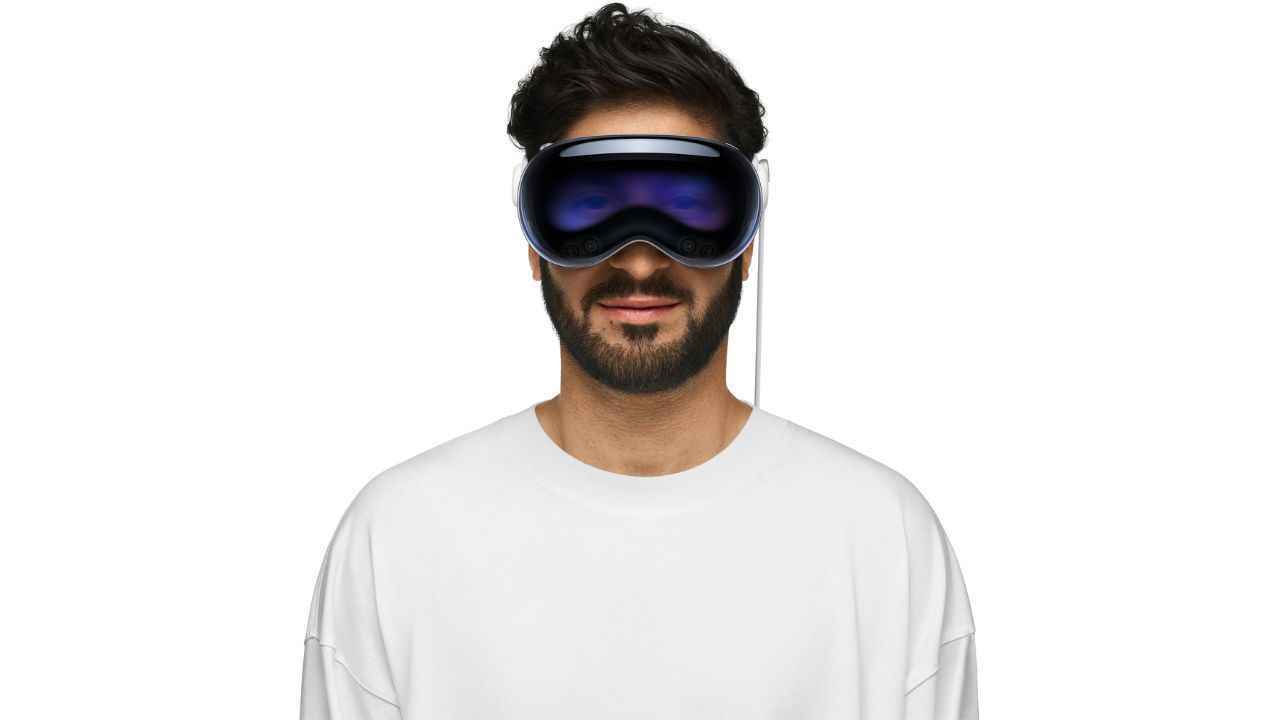
- Home
- Managed Services
- Cyber Security
- Blog
- About Us

We 365 Admin Support, just simplify your IT problems
Call for a free support. +91 96666 59505Platform Partnership
- Who We Help
- Shop
- Contact
- News






HIGHLIGHTS
Table of Contents
ToggleReports suggest that Apple is in the process of developing a more budget-friendly and lighter iteration of its mixed reality headset, which is provisionally named the Vision Pro Air. In addition to this, there are indications that the tech giant is also creating a tethered version that can be linked to a Mac, specifically designed for applications that demand ultra-low latency. A recent report has shared insights into the potential features and launch timeframe for the Vision Air.
For those unfamiliar, Apple first introduced the Vision Pro during their annual Worldwide Developers Conference (WWDC) in 2023. This pioneering mixed reality headset operates on visionOS, showcasing a spatial user interface that sets it apart from competitors. Priced at $3,499 (around ₹3 lakh) in select markets, the Vision Pro is aimed at high-end users seeking an advanced augmented reality experience. In this context, let’s delve into what we can expect from the upcoming Vision Pro Air.
According to insights from Bloomberg’s Mark Gurman featured in his latest Power On newsletter, Apple appears to be working on two additional versions of the Vision Pro: a lightweight model, dubbed Vision Air, and a Mac-connected version that caters to applications requiring speed and responsiveness. Gurman projects that the Vision Air might make its debut by late 2025 or in the first half of 2026.
While the Vision Pro has seen sluggish sales, Apple remains steadfast in its efforts to innovate with these two new versions. However, it remains uncertain whether the Vision Air will serve as a more affordable option or simply an upgraded model of the current Vision Pro. In his previous analyses, Gurman acknowledged that creating a budget-friendly reality headset would pose challenges, particularly due to increased tariff rates impacting overall manufacturing costs.
Moreover, Gurman highlighted that Apple is also advancing towards a headset that promises ultra-low latency capabilities, which would allow seamless connections with Mac systems and high-end enterprise applications. This additional functionality could significantly enhance user experience, especially in professional environments where real-time data processing is crucial.
Reports indicate that the anticipated design of the Apple Vision Air may feature an aluminum outer shell combined with titanium components inside. This construction strategy seeks primarily to alleviate weight issues, making the headset more comfortable for extended use. In comparison, the current model, the Apple Vision Pro, tips the scales at 650 grams when the battery pack is not attached, which can be cumbersome for prolonged sessions.
The original Apple Vision Pro boasts several advancements including Spatial Audio technology, dynamic head tracking, and low-latency H2-to-H2 connectivity with AirPods Pro 2 as well as AirPods 4. These features collectively aim to provide an immersive experience unparalleled by other devices in this domain.
As Apple takes a step back to reassess the market positioning of its Vision Pro and its successors, the development of the Vision Air could redefine how consumers view mixed reality. By focusing on lighter and more accessible technology, Apple is positioned to capture a wider audience eager for innovative immersive experiences without the hefty price tag attached to its premium models.
In summary, while the Vision Pro has faced challenges in terms of sales performance, the introduction of the Vision Air and the Mac-tethered variant shows Apple’s commitment to pushing the boundaries of mixed reality technology. With potential features that prioritize both performance and user experience, the forthcoming models hint at an exciting future for Apple’s venture into this innovative space.